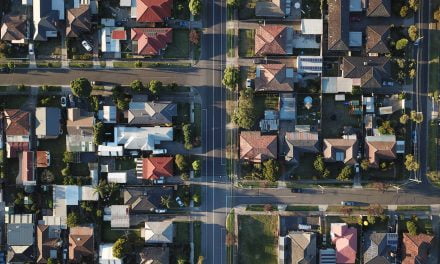A look at the effects the American Jobs Creation Act of 2004 has on real estate.
Tenant leashold improvements
Under the American Jobs Creation Act of 2004, qualified leasehold improvement property placed in service after the effective date of the act and before January 1, 2006 is treated as 15-year Modified Accelerated Cost Reduction (MACRS) property with a 15-year recovery period. [Internal Revenue Code §168(e)(3)(E)(iv)]
Qualified leasehold improvement property is any improvement that is made to the interior of nonresidential property as long as:
- the improvement is made by the tenant, subtenant or landlord under a lease;
- the lease is not between related persons;
- the real estate is solely occupied by the tenant or subtenant;
- the improvement is 1250 property, such as an office building or retail store; and
- the improvement was made more than three years after the date the property was placed into service. [IRC §168(k)(3); Temporary Revenue Regulations §1.168(k)-1T(c)]
Improvements to residential property do not apply.
Also, the following expenditures are not qualified leasehold improvement property:
- the enlargement of an office building or retail store;
- elevators or escalators;
- common area structural components such as walls, floors tiling, plumbing, windows and doors [Revenue Regulations §1.48-1(e)(2)]; and
- internal structural framwork, such as beams, or any other component essential to the stability of the building. [Rev. Regs. §1.48-12(b)(3)(i)(D)]
Editor’s note — The provision is not elective. If the improvements meets all the requirements of qualified leasehold improvement property, the improvement must be depreciated over 15 years using the straight-line method. [IRC §168(g)(7)]
Also, if the alternative depreciation system (ADS) is used, the recovery period is 39 years on the straight-line method.
Limit on exclusion of gain from sale of residence acquired in 1031 like-kind exchange
Under the American Jobs Creation Act of 2004, an owner who acquires a principal residence in a 1031 like-kind exchange is required to have held the property for at least five years prior to the sale or exchange for the 1031 exclusion of gain to apply. [IRC §121(d)(10)]
Editor’s note — The new rule only applies to like-kind exchanges. Also, the requirement that the owner must use the property for a period of two years prior to the exchange is not extended. Thus, the owner will still be eligible for the principal exclusion if he has used the property as his personal residence for two years prior to the exchange and has owned the property for a minimum of five years.

















